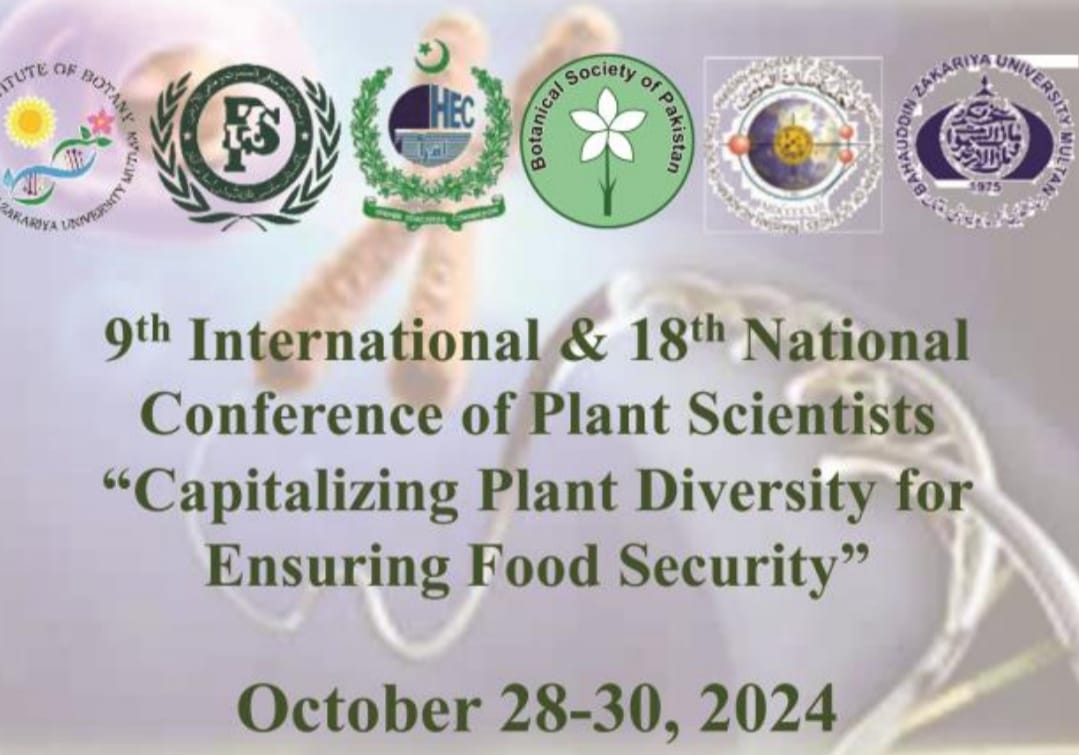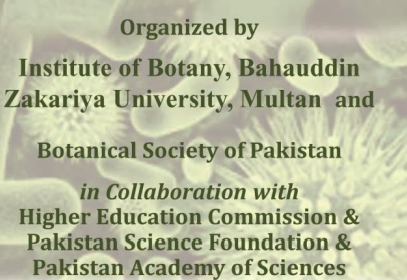
PJB-2024-537
Morphological and biochemical assessment of seven cyanobacterial species isolated from mangrove habitat along coastal waters of Karachi, Pakistan
Afifa Sarwar, Saira Bano, Munawwer Rasheed, Pirzada J.A. Siddiqui, Seema Shafique and Zaib-Un-Nisa Burhan
Abstract
Cyanobacteria contribute significantly by producing high quality nutrition which could be utilized through biotechnological applications to combat health challenges. This research aimed to identify the cyanobacterial isolates on the basis of morphological features and explore their capacity as a natural resource through comprehensive assessment of biochemical constituents. In the present investigation cyanobacterial species were isolated from microbial consortium proliferated on sediment surface in mangrove habitats at Sandspit and Korangi, along the Karachi coast. A total of seven cyanobacterial isolates were grown in an Artificial Seawater Nutrient (ASN) medium. The isolated species representing filamentous form, belonged to 2 orders and 3 families. The identified species Leptolyngbya tenuis, Leptolyngbya sp. A, Leptolyngbya sp. B, Limnolyngbya circumcreta, Stenomitos frigidus were affiliated to family Leptolyngbyaceae of the order Leptolyngbyales. Whereas, Oxynema thaianum and Phormidium breve under the order Oscillatoriales represented family Microcoleaceae and Oscillatoriaceae respectively. The isolates, Limnolyngbya circumcreta and Stenomitos frigidus are reported for the first time from the Karachi coast, Pakistan. These seven species were analyzed for three major biomolecules namely carbohydrates, proteins and lipids. Overall, total carbohydrates, proteins and lipids constituent were in the range of 6.4-31%, 2.1-6.3% and 2.4-20.7% of dry weight biomass respectively. The highest value of carbohydrate was recorded in Limnolyngbya circumcreta (31%). The maximum protein was observed in Leptolyngbya sp. A (6.3%). Whereas, high lipid content was found in Phormidium breve (20.7%). The findings revealed that the carbohydrates of all these species were detected higher than proteins and lipids. Owing to their potential, it can be speculated that isolated cyanobacterial species could be useful as alternative sources for sustainable feed, food, biofuel and other bioproducts
To Cite this article: Sarwar, A., S. Bano, M. Rasheed, P.J.A. Siddiqui, S. Shafique and Z.U.N. Burhan. 2025. Morphological and biochemical assessment of seven cyanobacterial species isolated from mangrove habitat along coastal waters of Karachi, Pakistan. Pak. J. Bot., 57(6): DOI: http://dx.doi.org/10.30848/PJB2025-6(38)
Download PDF


